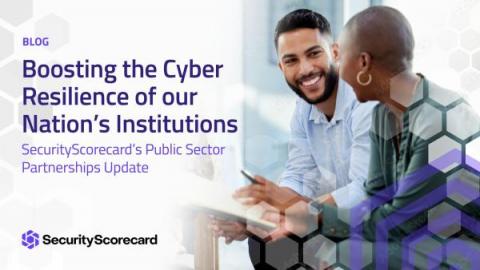What is a cybersecurity report? Why are they necessary?
Waves of change are constantly disrupting companies of all sizes around the world, particularly when it comes to cybersecurity. Digital infrastructure keeps expanding, work models constantly change, and the web between businesses gets more and more intertwined. It’s no surprise that CISOs and risk leaders are evolving. A majority of boards now see cyber risk as business risk, so they’re asking hard questions around risk and exposure.








